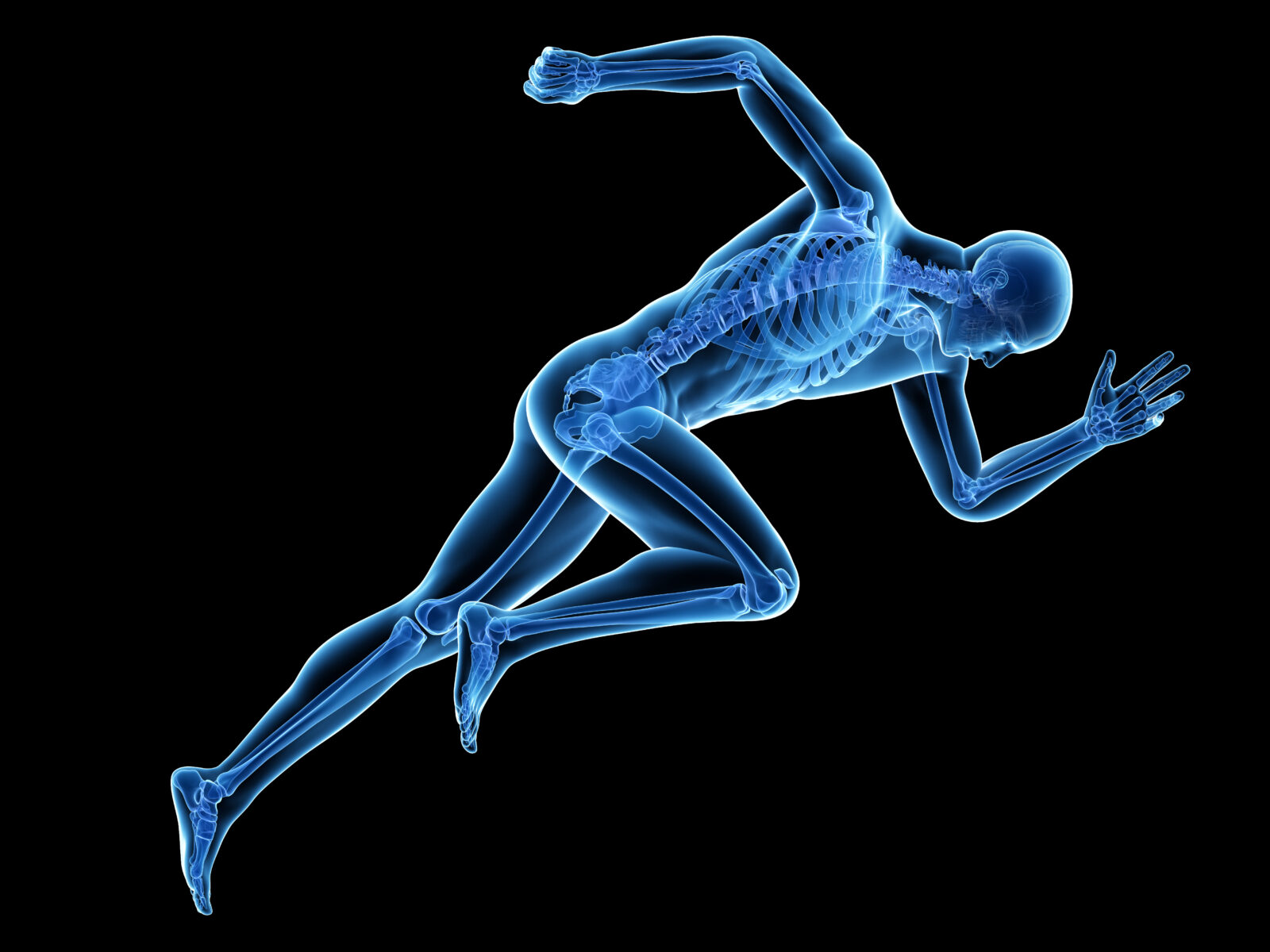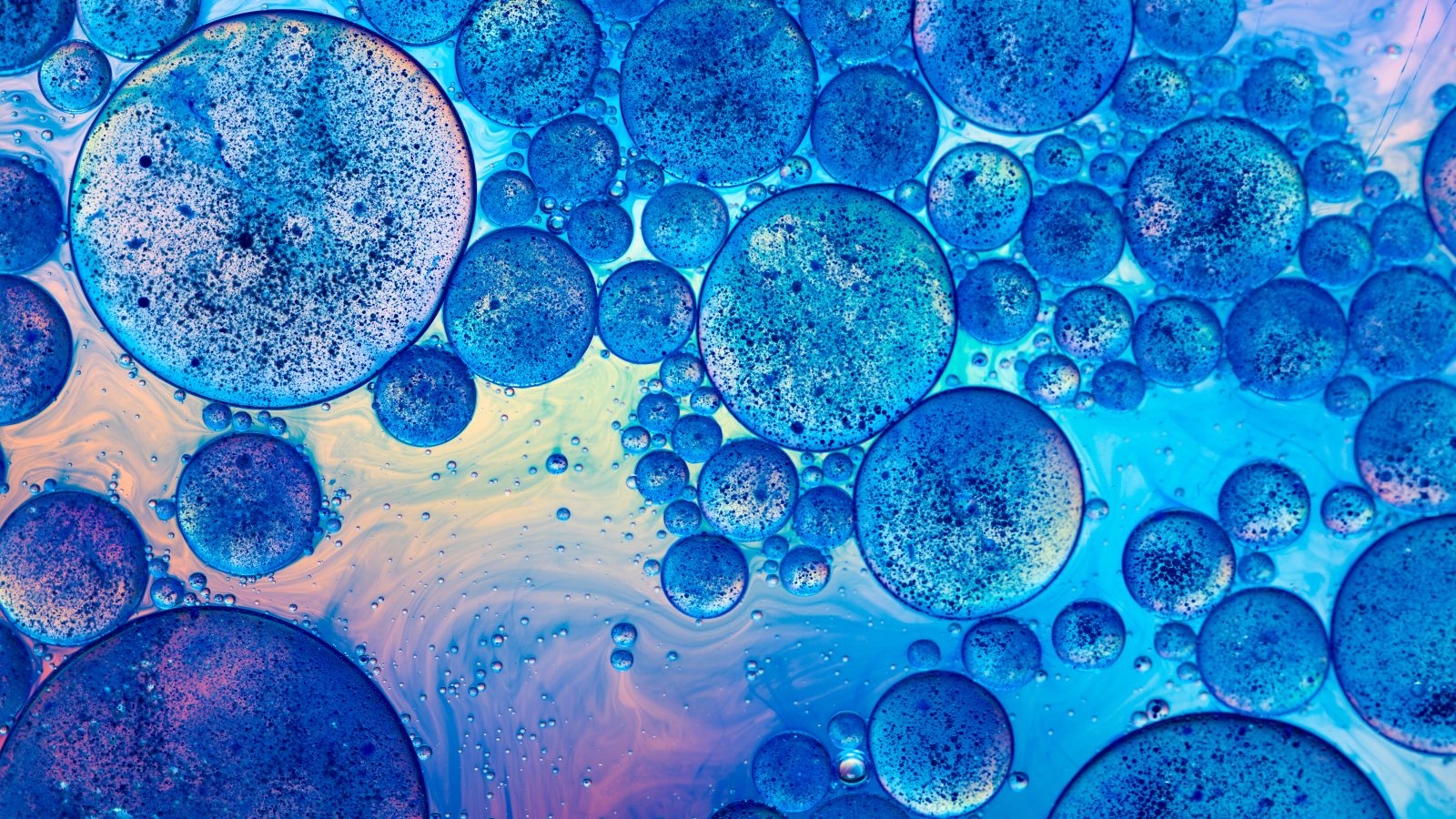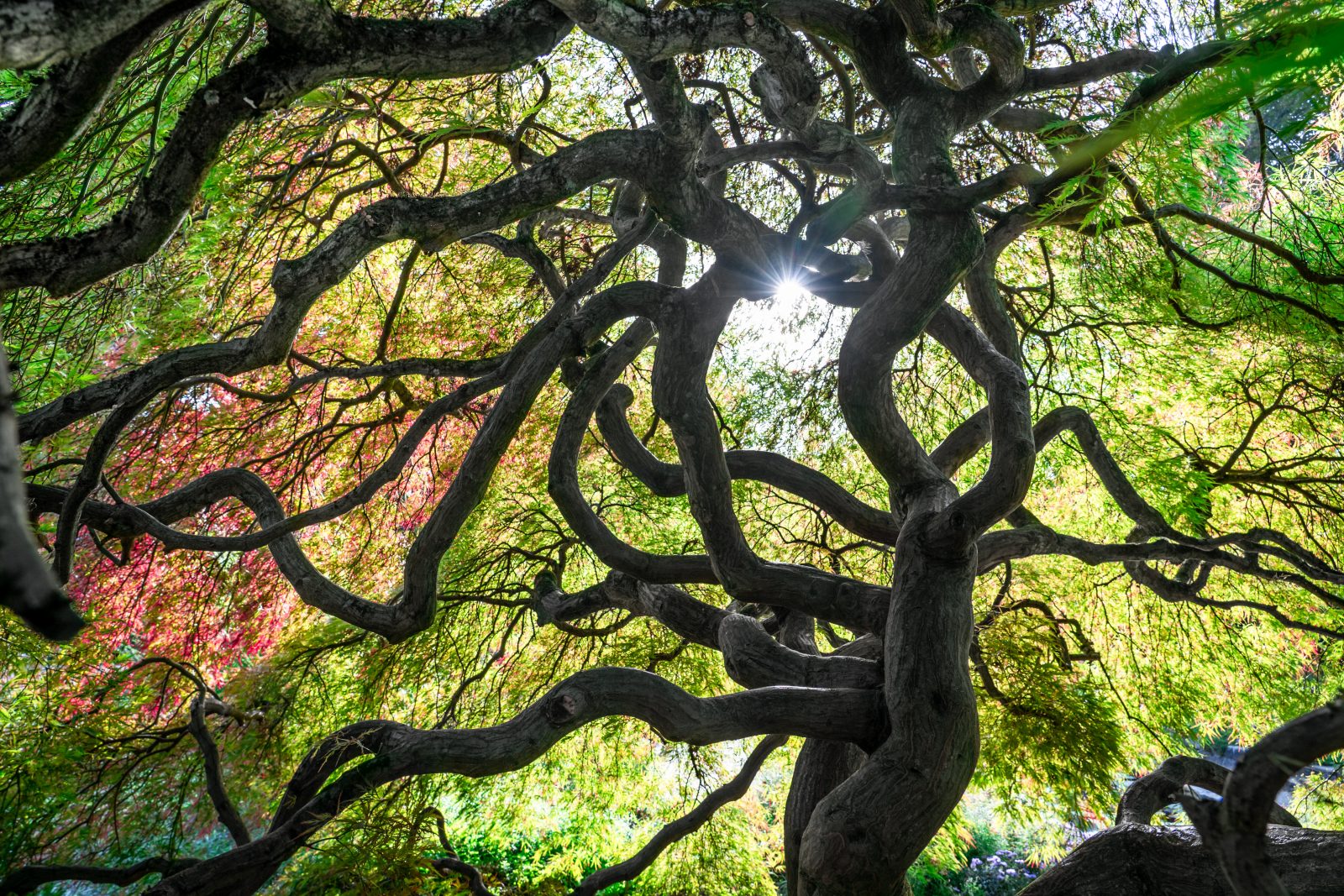


Hitting the Brakes on ‘Rapid Evolution’

The Simple Life: Abiogenesis Gets Another Reality Check

The Human Body As a Marvel of Engineering

Your Designed Body: “Irreducible Complexity on Steroids”
On today’s ID the Future, Your Designed Body co-author and physician Howard Glicksman talks with host and neurosurgery professor Michael Egnor about Glicksman’s new book, co-authored with systems engineer Steve Laufmann. Glicksman walks through a series of systems in the human body that are each irreducibly complex, and are each part of larger coherent interdependent systems. As Glicksman puts it, the human body is “irreducible complexity on steroids.” How could blind evolutionary processes, such as neo-Darwinism’s joint mechanism of natural selection working on random genetic mutations, build this bio-engineering marvel? Your Designed Body makes the case that it couldn’t. It’s not even close. What is required instead is foresight, planning, and engineering genius.

Michael Behe and Michael Medved Explore Secrets of the Cell
On today’s ID the Future, Michael Medved interviews biologist Michael Behe about Behe’s visually stunning YouTube series, Secrets of the Cell. Behe summarizes one of the key messages of the video series, namely that everything from the life-essential blood clotting system to a myriad of crucial protein structures in our bodies increasingly appear to be far beyond the reach of blind evolutionary mechanisms to build. Instead they appear to be the work of planning and purpose, which is the purview of mind. Meanwhile, even many mainstream evolutionists are growing skeptical of neo-Darwinism, Behe says, as biologists continue to uncover more and more layers of cellular sophistication. The emerging field of metagenomics, he says, is a case in point. Medved also mentions a recent article in World magazine where Behe also lays out a case for intelligent design The piece is here.

Biologist Michael Behe Tangles with Two Philosophers, Pt. 1
Today’s ID the Future features Darwin Devolves author and Lehigh University biologist Michael Behe speaking about the logic and evidence of intelligent design with two philosophers, Pat Flynn and Jim Madden. In a friendly, stimulating exchange, Flynn and Madden press Behe with objections — some philosophic, others scientific — to see how well his position stands up to scrutiny from experts who have engaged the subject. Here in Part 1 of a three-part series, Behe counters the charge that ID is an argument from ignorance, and then the three men compare the contemporary design argument to philosopher Thomas Aquinas’s fifth way. For Behe’s newest book, A Mousetrap for Darwin, go here. This discussion is presented here with permission of philosopher and podcaster Pat Flynn.

An ID Debate, Pt. 2: Joshua Swamidass and Günter Bechly
Today’s ID the Future concludes a debate over the merits of intelligent design and modern evolutionary theory. Günter Bechly is a distinguished German paleoentomologist who was an atheist and Darwinist but became convinced of theism after he finally decided to read some of the books written by leading ID proponents and found their arguments far stronger than he had been led to believe from second-hand accounts. S. Joshua Swamidass is a computational biologist at Washington University in Saint Louis who says ID may or may not be true in some part of what it affirms, but while he believes in a Creator, he doesn’t find the central arguments of intelligent design proponents logical and cogent. He also is more sanguine than Bechly about modern evolutionary theory, specifically when one looks beyond neo-Darwinism to consider additional evolutionary mechanisms from the extended evolutionary synthesis. Bechly counters that none of these additional proposed mechanisms have demonstrated the ability to generate novel biological functions and form. Neutral evolution has been shown to generate Rube Goldberg complexity, he says, but not fundamentally new biological machinery and functions in the first place. And he says, contra Swamidass, that neo-Darwinism’s joint mechanism of random mutation and natural selection remains a prominent feature of the contemporary scientific landscape, so the ID arguments demonstrating its inadequacy are highly apropos. The two met in a dialogue hosted by Justin Brierley on his Unbelievable? podcast, reposted here with Brierley’s permission.

An ID Debate: Joshua Swamidass and Günter Bechly, Pt. 1
Today’s ID the Future features a debate over the merits of intelligent design. Günter Bechly is a German paleoentomologist heard many times on ID the Future, who says the science convinced him that intelligent design is true. S. Joshua Swamidass is a computational biologist at Washington University in Saint Louis who says ID may or may not be true in some part of what it affirms, but for him, the science doesn’t lead you to it. They met in a dialogue hosted by Justin Brierley on his Unbelievable? podcast, reposted here with Brierley’s permission. This is the first half of the conversation. The second half is coming to IDTF soon.

Michael Behe’s Mousetrap on the Edge
On this ID the Future Lehigh University biologist Michael Behe dives deeper into A Mousetrap for Darwin. Behe and host Eric Anderson pivot to the new book’s section defending Behe’s earlier work, The Edge of Evolution. In that earlier book, Behe reviewed hard data from evolution studies of malaria parasites, HIV, and E. coli, showed that blind evolutionary processes face severe limits as to what they can build, and argued that intelligent design was required for the origin of life’s great diversity. In this new conversation Behe touches on some of the attempts to refute that argument and suggests why those refutations fail. For a more in-depth look at his defense of The Edge of Evolution, get your copy of A Mousetrap for Darwin: Michael J. Behe Answers His Critics and check out Part 3 of the book.